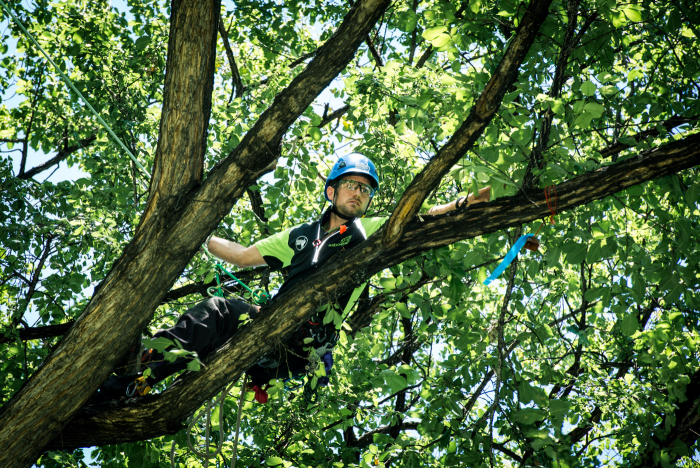
Nature has always been a source of wonder and inspiration for humanity. From the majestic forests to the shade-giving trees in our neighborhoods, the presence of trees enriches our lives in countless ways. Arborists are the dedicated professionals who understand the importance of trees and work to protect, care for, and enhance their well-being. If you have a deep love for nature and a desire to make a positive impact on the environment, becoming an arborist may be the perfect path for you. In this comprehensive guide, we will explore the steps and skills required to embark on this rewarding career.
Understanding the Role of an Arborist
Before diving into the process of becoming an arborist, it’s crucial to grasp the essence of this profession. Arborists, also known as tree surgeons or tree care specialists, are trained individuals who possess knowledge about the care, maintenance, and preservation of trees. They are responsible for evaluating tree health, diagnosing diseases or infestations, pruning branches, removing hazardous trees, and implementing proper tree planting and maintenance techniques.
Gaining the Right Education and Qualifications
To become a skilled and knowledgeable arborist, acquiring a strong educational foundation is essential. While formal education isn’t always a prerequisite, it significantly enhances your credibility and opens up more opportunities in the field. Here are some key steps to follow:
Pursue a Degree or Certification: Consider enrolling in a degree program related to arboriculture, horticulture, forestry, or a related field. Several universities and community colleges offer specialized courses in arboriculture. Alternatively, you can pursue certification through reputable organizations like the International Society of Arboriculture (ISA) or the Tree Care Industry Association (TCIA).
Attend Workshops and Seminars: Participating in workshops, conferences, and seminars is an excellent way to stay updated on the latest techniques and advancements in arboriculture. Organizations like ISA and TCIA frequently organize such events, providing valuable networking opportunities.
Seek Practical Experience: While education lays the groundwork, hands-on experience is crucial for developing the skills needed to thrive as an arborist. Consider working as an apprentice or intern under the guidance of experienced professionals or joining local tree care companies.
Developing Essential Skills
Becoming an arborist requires a diverse skill set. Here are some essential skills to focus on:
Tree Identification and Knowledge: An arborist handbook would give you understanding various tree species, their growth patterns, and their specific care requirements is fundamental for an arborist. Invest time in learning about different trees, including their common diseases and pests.
Climbing and Rigging Techniques: Arborists often work at significant heights and must be adept at climbing and using specialized equipment like harnesses, ropes, and rigging tools. Seek training in proper climbing and rigging techniques to ensure safety and efficiency.
Pruning and Tree Care: Mastery in pruning techniques is vital for maintaining tree health and aesthetics. Learn different pruning methods, including crown thinning, crown reduction, and deadwood removal. Additionally, gain knowledge about soil management, fertilization, and irrigation practices to support tree growth.
Safety and Risk Assessment: Arborists work with potentially hazardous tools and in dangerous environments. Prioritize safety by acquiring knowledge of risk assessment, hazard identification, and proper use of personal protective equipment (PPE).
Obtaining Relevant Certifications
Certifications play a significant role in validating your expertise as an arborist and enhancing your professional reputation. The ISA offers the Certified Arborist credential, which requires passing a comprehensive examination covering a wide range of arboricultural topics. Additionally, specialized certifications like Tree Risk Assessment Qualification (TRAQ) and Utility Specialist Certification (UAA) can broaden your career prospects in specific niches.
Building a Professional Network
Networking within the arboriculture community can open doors to valuable opportunities, mentorships, and collaborations. Joining local arborist associations, attending industry events, and engaging in online forums or social media groups dedicated to arboriculture are effective ways to connect with like-minded professionals and stay abreast of industry trends.
Conclusion
Becoming an arborist is a fulfilling journey that combines passion for nature, environmental consciousness, and a commitment to preserving the beauty and health of trees. By gaining a solid educational foundation, acquiring practical experience, honing essential skills, obtaining certifications, and building a professional network, you can pave the way to a successful career in arboriculture. Embrace this noble profession and contribute to the well-being of our green spaces, one tree at a time. Remember, it all starts with a deep-rooted love for nature and a desire to make a difference.
